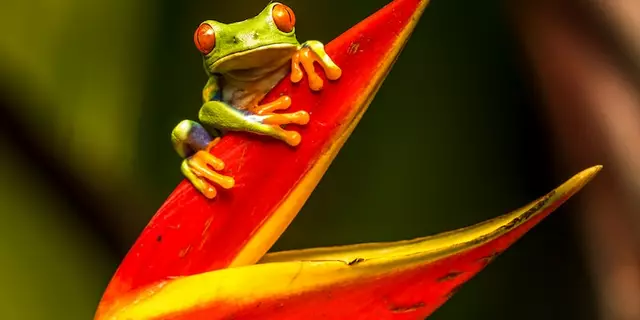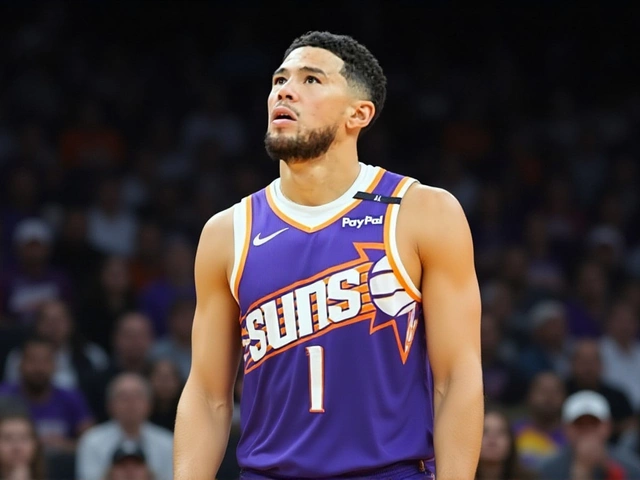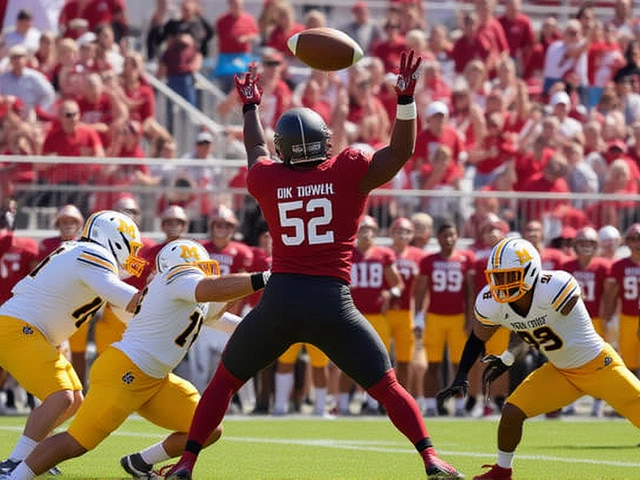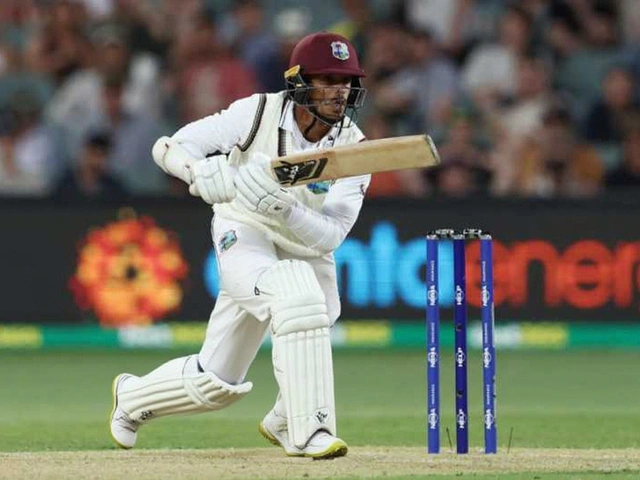Fun Sports Ideas for Your 2-Year-Old
Got a curious 2‑year‑old who loves to move? You don’t need a fancy gym or expensive gear. Simple, safe activities can keep a little one happy, healthy, and learning. Below are easy games, safety basics, and why getting active now matters.
Simple Games That Work Anywhere
Start with things you already have at home. A soft ball rolled across the floor turns into a rolling race. Encourage your toddler to chase, stop, and throw it back. A mini obstacle course made from cushions, low boxes, and blankets teaches balance and coordination without any risk.
Outdoor play is a natural fit. A shallow sandbox bucket works as a sand‑castle pit where kids can dig, scoop, and lift. In the backyard, set up a “traffic light” game: green means run, yellow means walk, red means stop. It’s a fun way to practice listening and speed control.
Safety First: Keep It Gentle
At two years old, bones and muscles are still growing fast. Choose soft, lightweight balls and avoid hard surfaces. Always supervise and stay within arm’s reach, especially near stairs or pools. Dress your child in slip‑resistant shoes or let them go barefoot on carpeted areas to reduce falls.
Make sure the play area is clear of sharp edges, cords, or small objects that could be swallowed. A quick sweep before each session saves you from interruptions.
Why Early Activity Matters
Moving a lot helps toddlers develop motor skills like running, jumping, and throwing. These skills lay the groundwork for later sports, school activities, and everyday confidence. Physical play also boosts mood by releasing natural feel‑good chemicals, so tantrums often shrink after a good session.
Beyond the body, active play sharpens the brain. When a child follows simple instructions—"roll the ball to Mom"—they practice listening, memory, and problem‑solving. Interaction with peers, even in a park sandbox, teaches sharing and turn‑taking.
Tips for Parents to Keep the Fun Going
Keep sessions short—15 to 20 minutes is plenty for a 2‑year‑old’s attention span. End on a high note, like a quick dance party to a favorite song. Celebrate effort, not perfection; a clumsy toss is still a win.
Rotate activities to keep curiosity alive. One day, focus on balance with a low beam made from a sturdy plank. Another day, try a water game with a small bucket and splash toys. Variety prevents boredom and hits different muscle groups.
Where to Find More Ideas
Check community centers for toddler‑friendly classes. Many offer “toddler tumble” or “baby yoga” where professionals guide safe moves. Online video platforms also host short, free tutorials—just search for "toddler sports for beginners".
Remember, the goal isn’t to turn your child into a mini‑athlete overnight. It’s to spark joy in moving, to build confidence, and to give you both a chance to bond over simple fun. So grab a ball, clear a space, and let the play begin!

As a parent, it's hard to imagine that a 2-year-old could experience a cardiac arrest, but it is indeed possible. The main causes for this tragic event can include congenital heart defects, which are present at birth, or acquired conditions, such as infections or trauma. Additionally, certain medications or toxins can also lead to cardiac arrest in young children. It's crucial for parents and caregivers to be aware of potential risk factors and symptoms, as immediate medical attention is vital in such cases. Overall, understanding the causes and prevention measures can help protect our little ones from this life-threatening situation.





